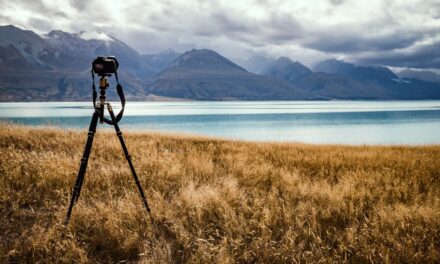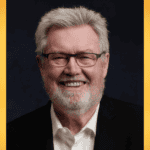Mary Crockett’s suggestions (abridged) can help you take better photos.
There’s a saying in photography: “F8 and be there”. As Listener art director Alex Bowie (one of the Listener photographic competition judges) puts it bluntly: “If you’re not THERE, you won’t produce a winning photo. With a good eye, you should be able to pick up any camera and take a good photograph.” Bowie, a photojournalist for Time magazine in a former life, often uses an Instamatic. “The choice is not as restrictive as it once was, and they have the advantage over more complicated cameras in being light to carry and quick to use.”
The better the camera, the better the possibilities. But if you don’t have a feeling for what’s going on, you’re unlikely to end up with anything great. The “being there” Bowie talks about is as much an emotional thing as a physical one. “If you’re in tune with what’s happening, you can make a stunning photo out of any normal, everyday activity or occurrence. And never forget, the simplest things often make the best photographs. Be emotionally involved. Do it with passion.”
Bowie’s other piece of advice? “Stalk your prey like a hunter would stalk a deer. You have to think ahead: what is the deer likely to do? At your child’s birthday party, for instance, you know someone will light the candles and the child will blow them out. But what happens next?” If you have considered the possibilities, you have more chance of “being there” in the physical sense to capture the unique moment which makes a great shot.
Remember the war photographer Robert Capa’s advice (sadly, he was killed on assignment in Vietnam): “If your pictures aren’t good enough, you’re not close enough.” Be there. There are fashions in photography, as with everything else. Bowie has no time for the current love affair with selective focusing – having one sharp image against a blurred background.
He likes everything in a photo to be sharp, with subjects set clearly within their environment – either in tune with it or making some comment about it. But there are times when a sharp central image and a blurred background are exactly what you want. “Every situation is different, and every photographer is different,” Bowie allows. “It’s the uniqueness of the photographer’s view that matters and everything about a good shot comes from that uniqueness of vision.”
Listener chief photographer Jane Ussher (co-judge of the Listener competition with Bowie) has made studio photography her speciality. “It’s a different technique, asking someone to pose for the camera. But the same basic rules apply. There needs to be spontaneity in the shot and a sense of empathy between photographer and subject.”
Ussher looks for balance, some conscious use of light and shade, and imaginative use of foreground or background. But she doesn’t want to “see the joins”. “It’s the same when you’re watching a movie,” she says. “You don’t want to be saying to yourself, that’s a good camera angle.” If you find yourself thinking about the technical things too much you’ve usually, quite literally, lost the plot.”
Composing a portrait shot – whether in the studio or at the beach – requires careful preparation. “To start with, you want an adventurous choice of subject. And it’s so easy to fall into cliché, eg the child dressed cutely.” When photographing people, you have two basic options: to capture the essence, the character of the individual, “or to treat them as some kind of symbol within their environment”. If it all sounds too complicated for the amateur to attempt, think again.
“The ideal for any photographer is to be in control” Ussher admits, “because there’s a satisfaction that comes from taking a photo opportunity and manipulating it in some way. But there are great shots that just happen too. The lucky accident. The holiday snap with a uniqueness about it that simply works.”
A final tip from the judges: look back over photographs you’ve taken already and analyse them. Think how you might have done things better – then experiment with ways to achieve the effect you want. Remember to analyse the work of the great photographers. “Developing an eye for what works is essential,” says Bowie. “And for that, there’s no better way than analysing the work of people who make their living at it. Think to yourself all the time, ‘What makes a great photo?’”
If this post helped you appreciate photography a little better, please pass it on to friends so they can also have the information to help them.
-Mary Crockett. Reproduced for educational purposes.










